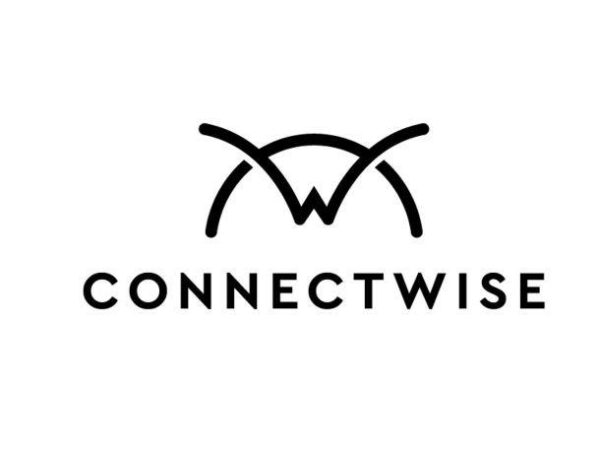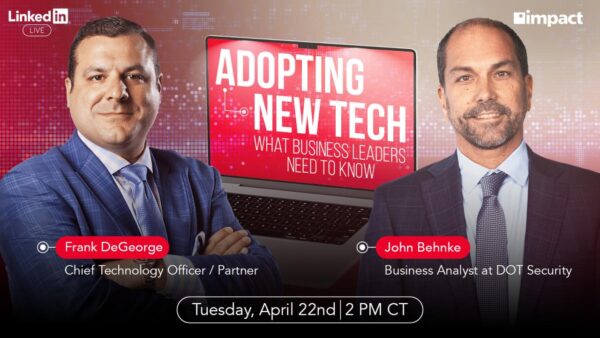It’s a seller’s market, but there are workarounds.
IT talent in the office technology industry is in high demand, and dealers need to be creative and diligent in not only finding this talent but keeping them. After several uncertain years of upheaval in the workplace and instability in the economy, the 2023 federal jobs report delivered some surprising news: The workforce is thriving. Unemployment is the lowest it’s been in decades, wages are up, and the radical transformation of remote work has leveled out in many jobs to a comfortable, best-of-both-worlds hybrid schedule.
Everything’s looking up unless you’re at one of the thousands of companies with open IT roles to fill. Social media cranks will say it’s because “nobody wants to work anymore,” but in reality, everybody’s working more than they ever have. So where did all the IT talent go?
Paul Schwartz, president of Copier Careers, a Minnesota recruiting firm focused on the copier industry, sees this as a culmination of issues that have plagued this industry since its early days. Most would say the modern industry arose in the late seventies or eighties, meaning that most early veterans retired right around the Great Recession of the mid 2000s when the whole world was in a hiring crunch. “Do more with less” evolved from a just-get-through-it refrain for a temporary downturn into the standard way companies budgeted their labor, but as anyone trying to source printer repair parts right now knows, ultra-lean methods only work until the next shortage comes along.
“Post-COVID there’s about six million people who never came back to work,” said Schwartz. “Add in the lowest unemployment in fifty or sixty years and it’s a perfect storm. We don’t talk to anyone who says that they’re fully staffed right now.”
The natural evolution of this industry away from one-off equipment sales to partnership-focused consulting has benefited dealers and clients. Still, high-touch customer service doesn’t work well when the service provider is short-staffed. And that’s to say nothing of the expertise and specialization needed for many IT roles today. While seasoned IT talent with long lists of certifications can meet many needs, a company that’s having trouble hiring may need to think more long-term.
Always Be Recruiting IT Talent
GreatAmerica Financial Services’ IT division, Collabrance, addressed this problem by moving up the pipeline, hiring people much earlier in their careers, sometimes straight out of school. “We get a lot of referrals from the community college,” said Collabrance’s Greg VanDeWalker, senior vice president, IT channel and services. “We bring them in, we train them, and we promote them.” He also empowers his staff to think like recruiters themselves, sharing their experiences with the company and keeping an eye out for promising talent.
“There is no better recruiter for us than our employees,” he said. “I tell them you live this, you guys love working here. If you’re at Target and somebody knocks your socks off with their service, give them your card.”
Justin Montalvo, director of technical talent acquisition at Impact Networking in Kenosha, Wisconsin, approaches recruiting by encouraging candidates to think long term. “Truly, what we offer here at Impact is the opportunity for career advancement. So, it really is an opportunity that can sell itself. It’s just a matter of getting that opportunity in front of the right people and showing them what that career path can look like.”
Clear Expectations for IT Talent
Painting a clear picture of your company’s expectations for a new hire, not just in the initial few months but over their career, can be a difference-maker. Not only does it show that you invest in your workforce, but it can be a sign of respect to the candidate, a message that they’re more than just headcount.
“We make sure we’re showing them we’re consistently investing in technology and that they’re joining a very innovative company that’s going to get them exposure to a lot of modern technology,” said Impact Networking’s Montalvo.
This is a change that companies, especially the ones that have enjoyed being sought-after employers in the past, might have trouble adjusting to now. It’s a seller’s market. Even entry-level candidates may entertain several offers, and it’s not always salary or perks influencing their choice. Sometimes, it’s a simple matter of mutual enthusiasm.
“It’s really up to our clients to embrace the reality when it comes to recruiting, understanding that as much as they’re interviewing them, the candidates are interviewing the company. How quickly they respond will reflect tremendously on the candidate’s interest or lack of interest,” said Jessica Crowley, senior vice president at Copier Careers.
Work fast, but don’t rush. Part of looking holistically at hiring, thinking about the long-term career potential for each candidate means taking a careful look at not just their skills and experience but also how they fit into the team as a whole.
“Have a process to hire,” said Collabrance’s VanDeWalker. “It’s better to slow down and make sure you’re picking the right person because a bad hire is such a colossal waste of money and time. If you’d maybe had an extra interview, given them an extra test, you might have picked up on something to make you say no.”
There’s nothing worse than hiring someone and realizing weeks later that despite their initially good first impression they are, to borrow VanDeWalker’s phrasing, “a lugnut.”
“Even in a very technical job, we’re looking for a good culture fit,” said VanDeWalker. “Are you curious, do you like to learn? It’s fast-paced and even though it’s technology, you’ve got people calling you when something isn’t working and they’re not happy. It’s about the human element way more than just the technical. We can get you up to speed on the tools.”
And now the bitter pill: Salaries are higher than they used to be. They just are. Rents are up, interest rates are up, grocery prices are in the stratosphere. The two-way street, the mutual respect, the give-and-take between company and candidate, all of that has to be reflected in embracing this fact and adjusting to it instead of trying to pretend it’s still 2019. If candidates feel they can’t earn a fair living at your company, they’ll work for someone else.
“I feel terrible for the dealers,” said Copier Careers’ Schwartz. “They did their budgets back in 2022. No one predicted the crazy inflation we’re seeing, and now they have to adapt to that because everyone needs more people. It’s been quite the sticker shock for many of our clients. For 10 years, compensation didn’t change very much, and now it’s changed significantly.”
IT Talent Workarounds
Don’t shoot the messenger and don’t despair. Budgets that don’t quite stretch to attract senior-level IT talent can still go a long way toward developing in-house potential. Pay for certification courses. Do more training. Think long term.
“On the hiring manager side, we’re vetting an applicant’s skill set and then saying hey, this is the level you expect to be at, and this is the path of how we’re going to get you there,” said Montalvo of Impact Networking. “That doesn’t start at a $100,000, it starts at $60,000, but we’re developing that roadmap of everything you need to achieve and you’ll be at $100,000 within this amount of time.”
Clear communication, respect, and investment go farther than any signing bonus ever could. This is a method that works.
“Over the last five years, we’ve not had to hire any high-level talent because we’ve homegrown them all,” concluded Collabrance’s VanDeWalker.
To become a subscriber, visit https://thecannatareport.com/register or contact cjcannata@cannatareport.com directly. Bulk subscription rates are also available upon request and included in our media kit.





